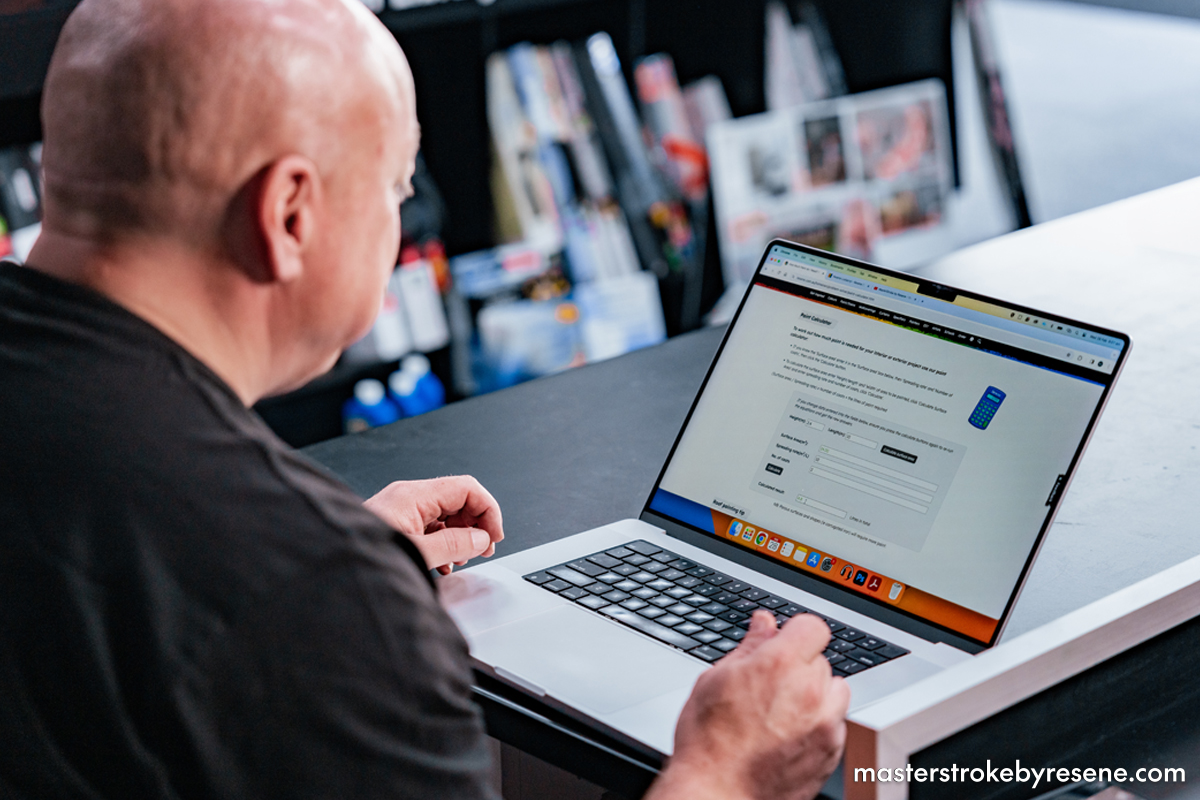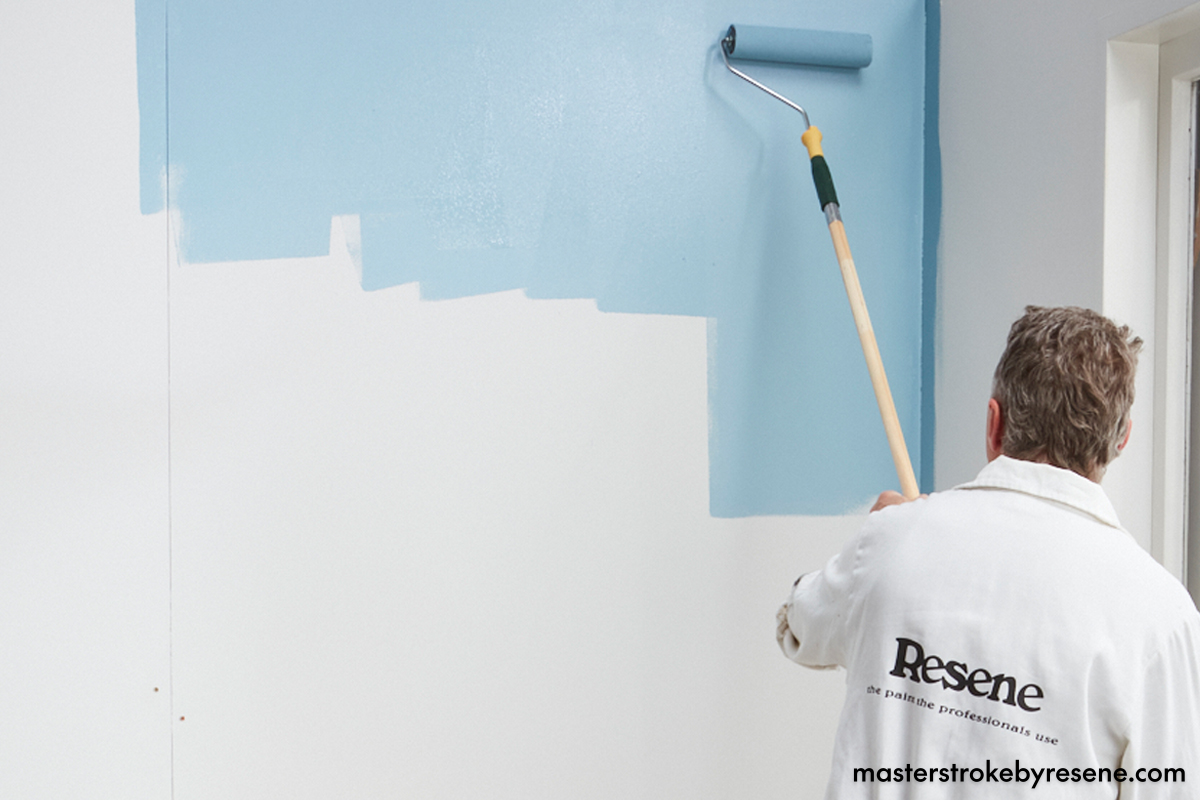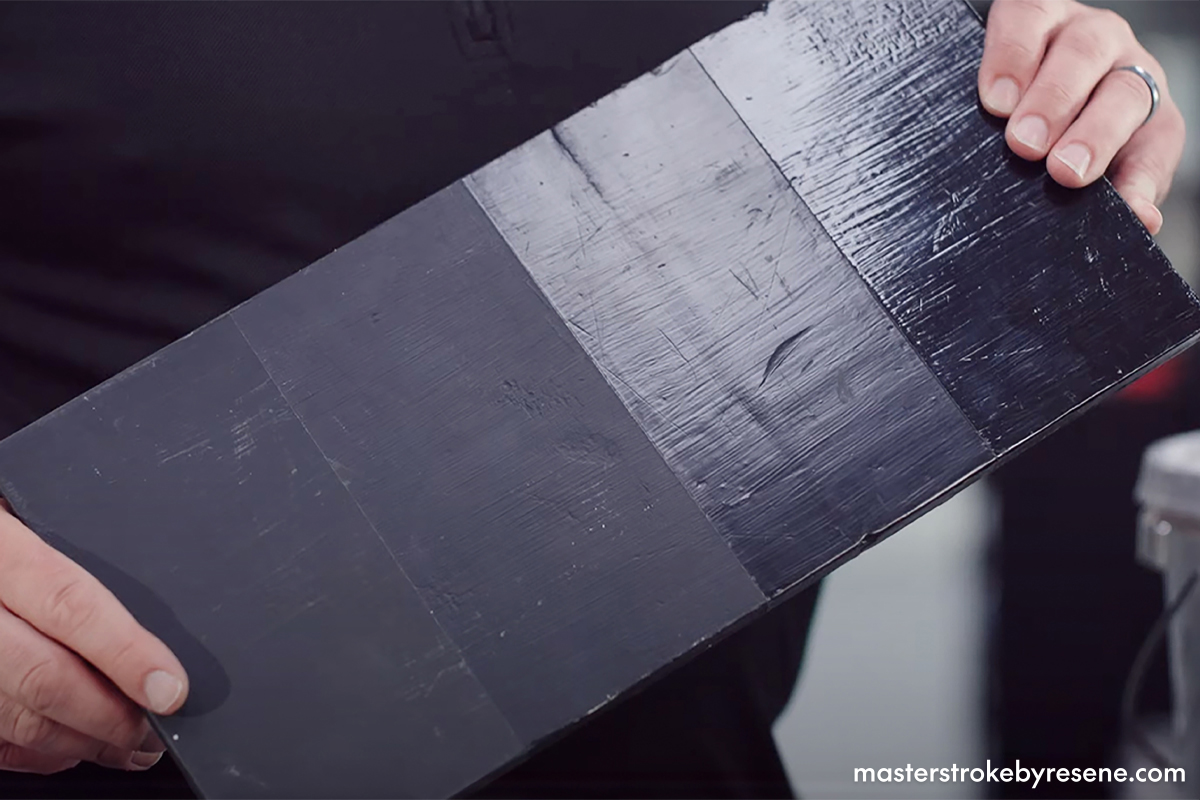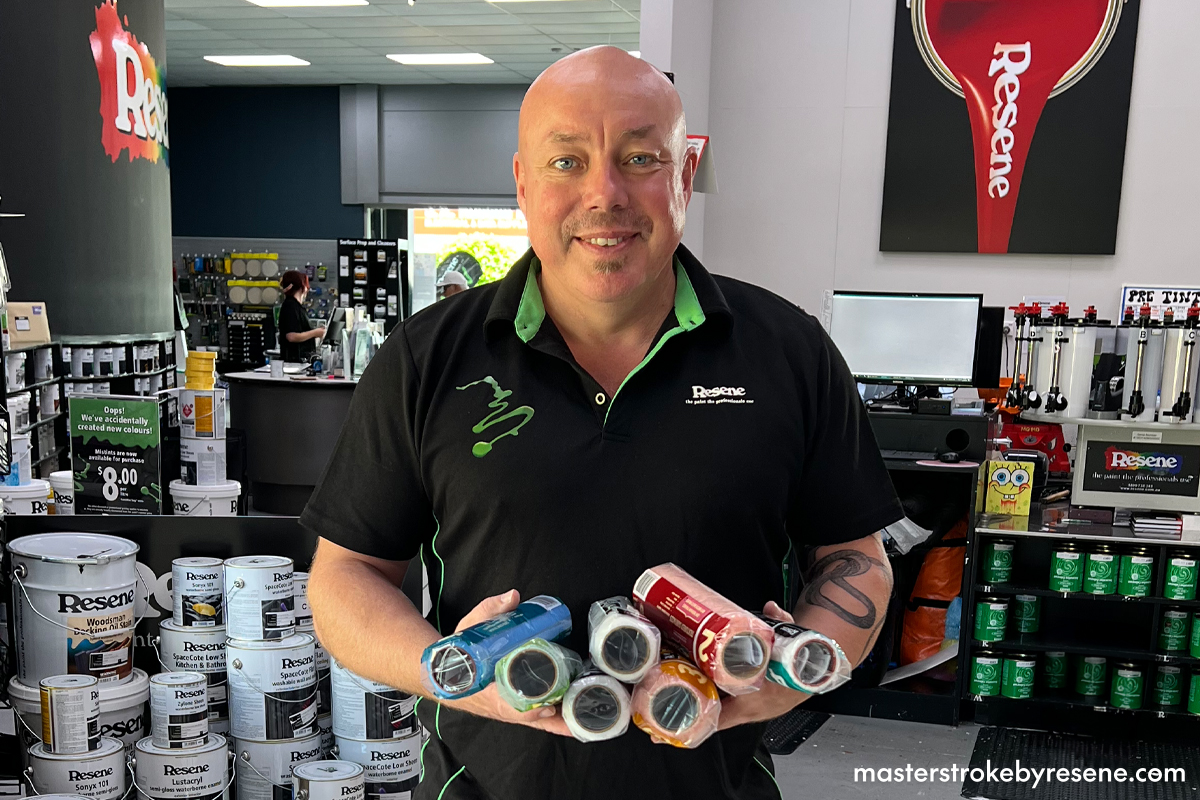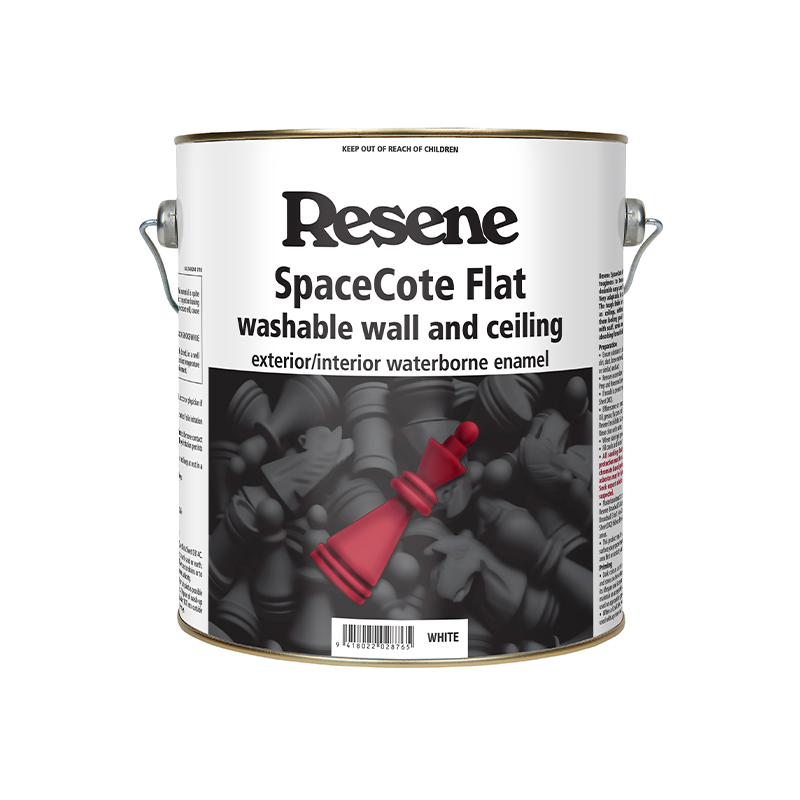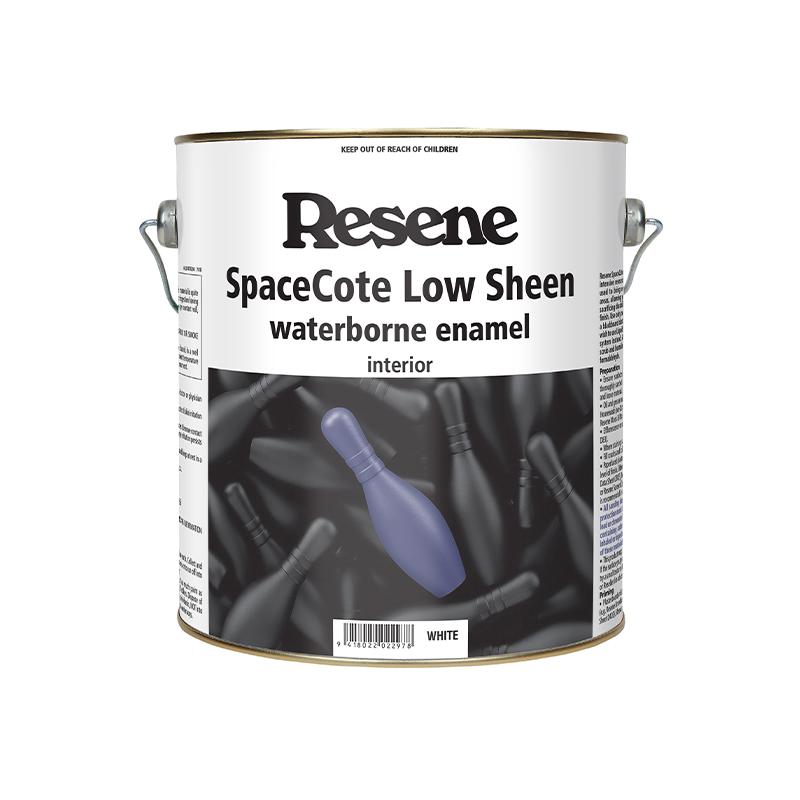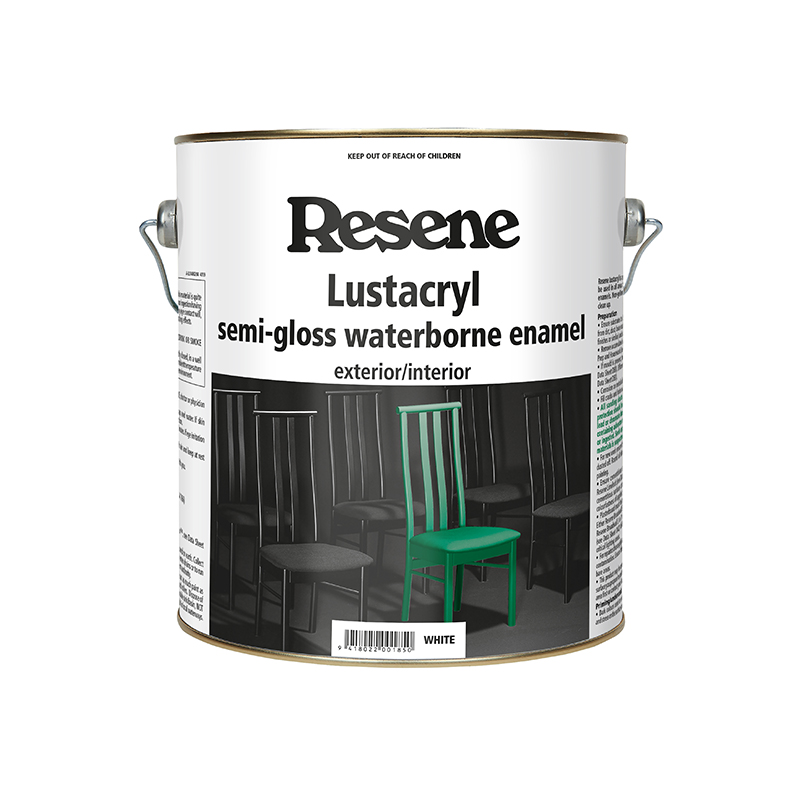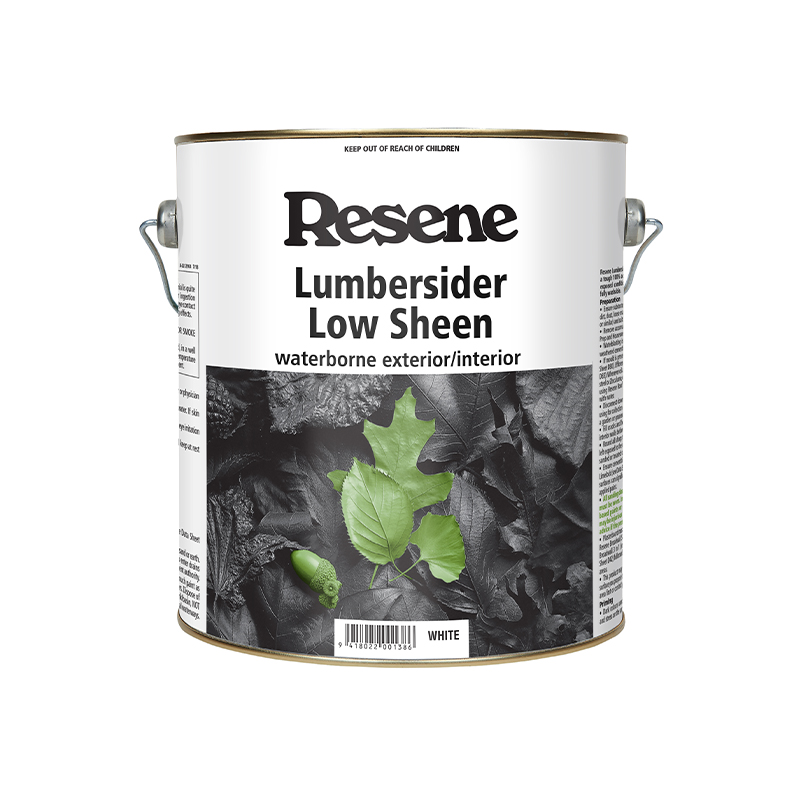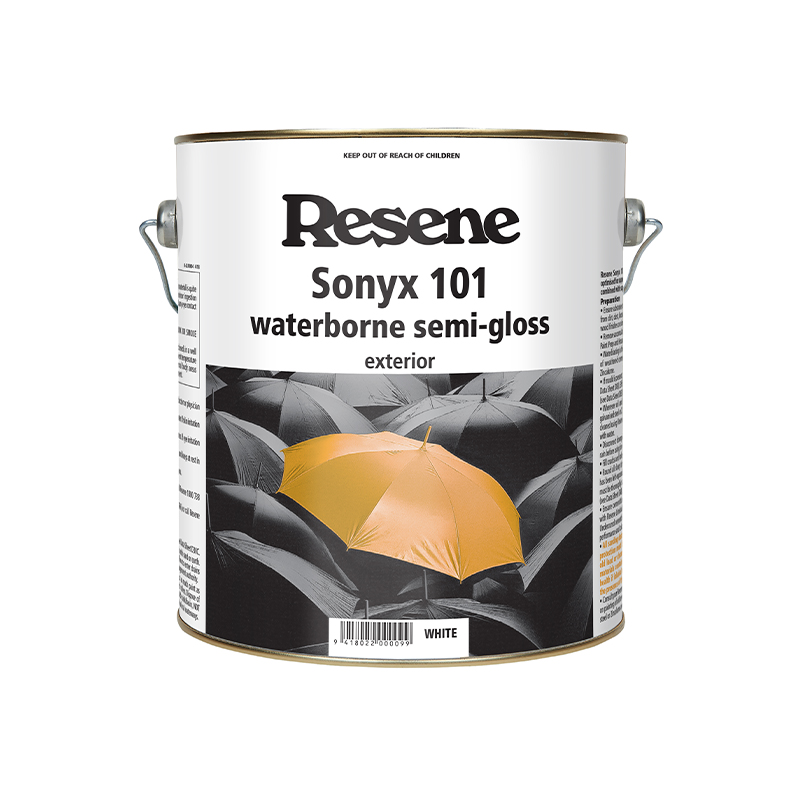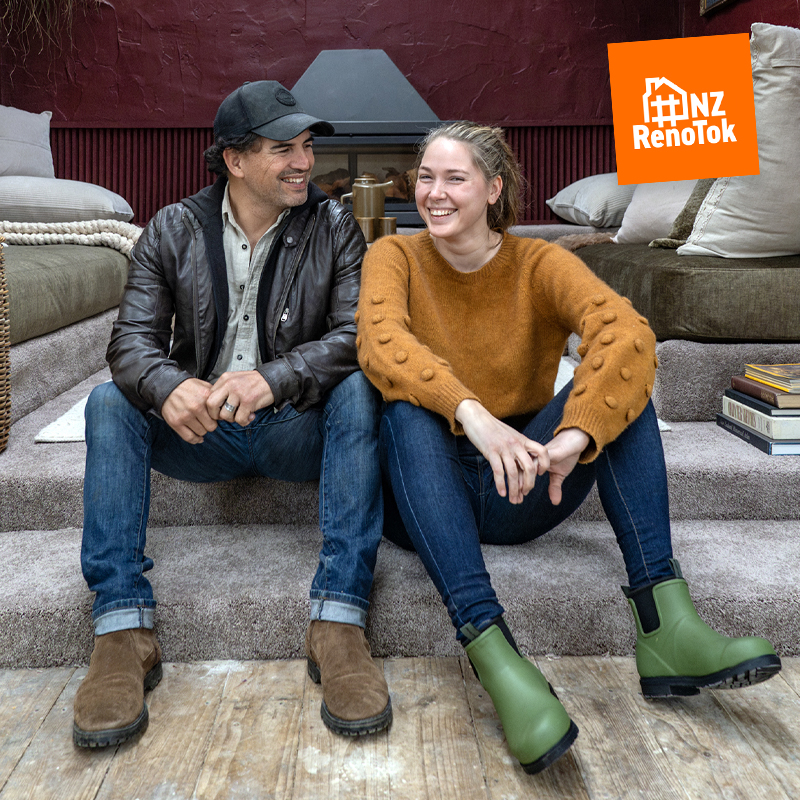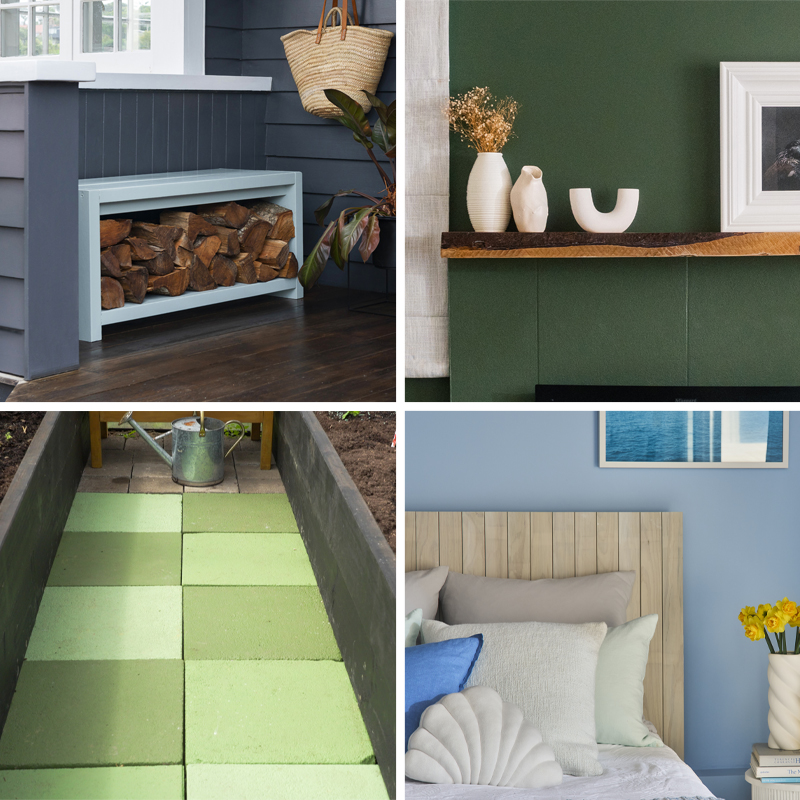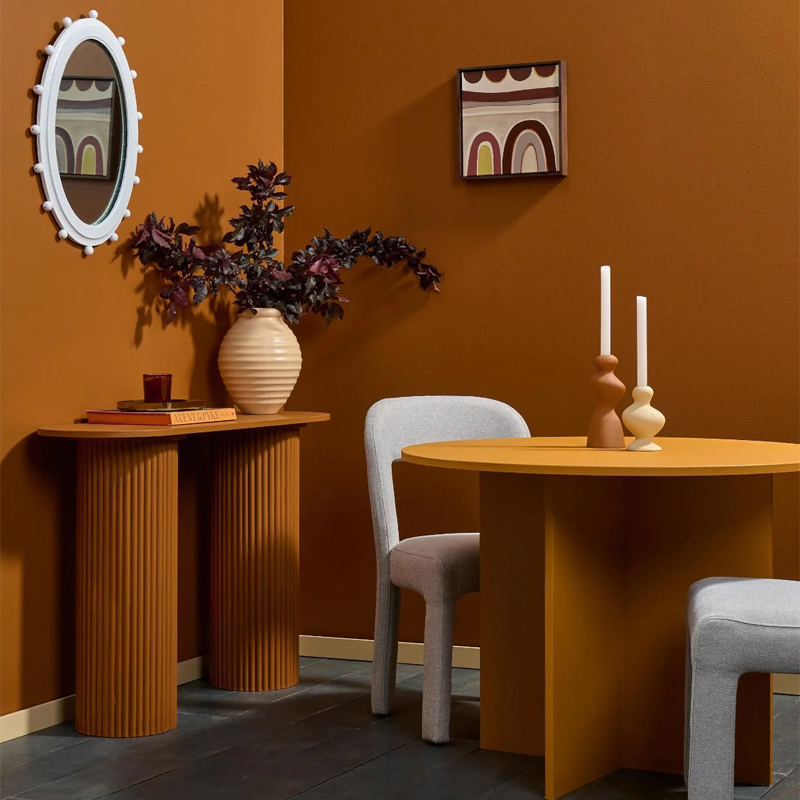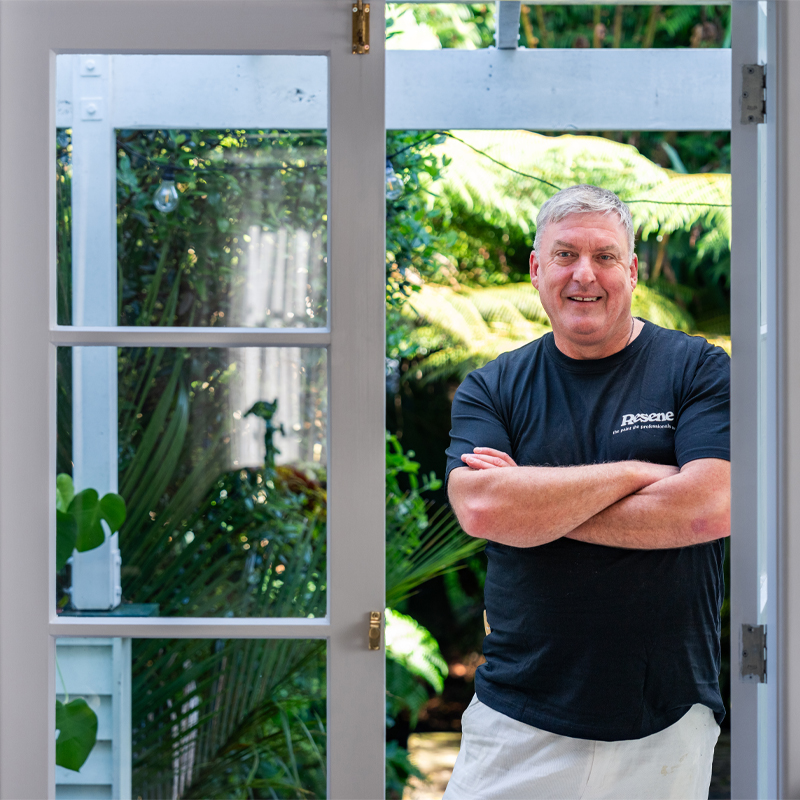Figuring out how much paint you need for your project may not be quite as much fun as choosing the colour, but it’s an important part of the process – get it right and you’ll save money and time as you won’t need to make a mad dash back to your Resene ColorShop for a top up.
Resene Paint Expert Jay Sharples explains his handy formula to figure out how much you’ll need, which includes a few key factors. Jay works on the basis that one litre of paint will cover about 10 square metres – there’s more information around the coverage on the back of your paint container. This is based on a flat surface, so if your surface is textured or corrugated, you will require more product. For example, a corrugated pitched roof will require about 40% more paint.
When you’re applying the paint, consider how much area you’re covering. If you’ve got a lot of paint left over at the end, you may be spreading the paint too thin, which can affect the overall colour, appearance and durability of the paint.
Jay also says that ensuring you’re using the right tools for the job is a critical part of the process. Different roller sleeves can give different finishes and appearances, so if you’re unsure, head into your local Resene ColorShop and check with the team.

